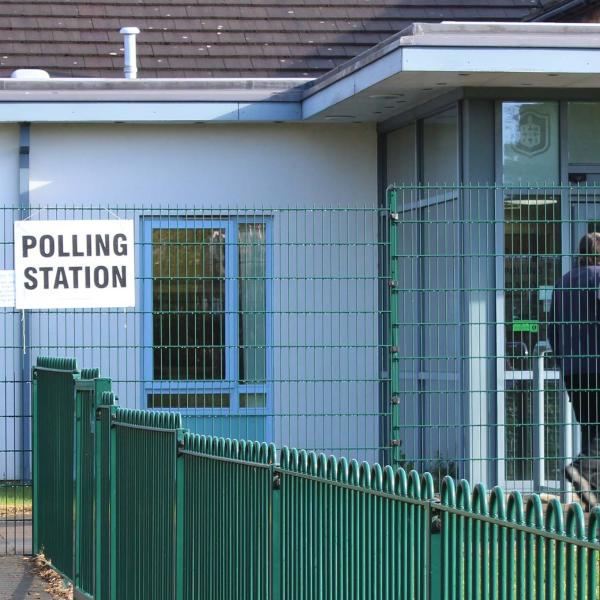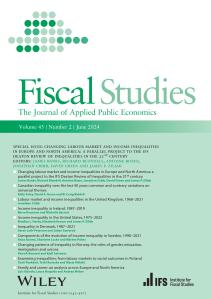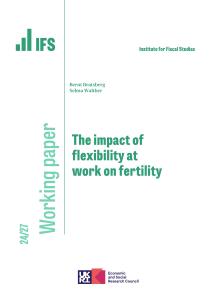In early 2021, unemployment, real earnings growth, arrears on household bills, and food-bank use were all at similar overall levels to pre-pandemic. This is an astonishing outcome given the scale of economic disruption and loss of national income over the last 15 months. It highlights the huge impact of the government’s interventions to support household incomes during the pandemic, including £20 per week uplift in Universal Credit and (especially) the furlough scheme.
But this masksgroups who have seen clear increases in hardship – particularly the self-employed, people from ethnic minority groups, and families already in in-work poverty before the pandemic hit.
These are among the key findings of new research funded by the Joseph Rowntree Foundation and published today by the Institute for Fiscal Studies as part of its annual report on Living Standards, Poverty and Inequality in the UK.
Taking each of the groups where increases in hardship are clearest:
- Self-employed workers who lost all workin the first lockdown saw a sharp worsening of deprivation in the wake of the pandemic which has only partially receded since. The share of these workers behind on at least one of their household bills and the share reporting financial difficulties jumped in Spring 2020 (from 2% to 13% and from 16% to 24% respectively). By the start of 2021, the proportion behind on their bills was little changed from the first lockdown (at 15%), though the proportion reporting financial difficulties had fallen back (to 11%).
- These continued difficulties likely relate to the large fraction (36%) of all self-employed workers who were ineligible for the Self-Employment Income Support Scheme. Rises in deprivation were considerably smaller for furloughed employees than for the self-employed who lost work.
- Among families who were in in-work poverty prior to the pandemic, the share behind on bills rose from 9% to 21% in Spring 2020, though has since declined (back to 10% in 2021Q1). Even at the start of 2021, 13% of these families expected their financial situation to get worse over the coming months.
- People from ethnic minority groups saw significant increases in deprivation. At the start of this year, the fraction of people from ethnic minority groups who were behind on their bills remained higher than pre-pandemic (15% vs 12%).
- This fits with the particularly acute labour market impacts of the pandemic on some ethnic minorities. For example, at the start of 2021, the share of Pakistani and Bangladeshi adults living in households where all adults are either jobless or furloughed remained 10 percentage points (ppts) higher than pre-pandemic. This is because, pre-pandemic, a large proportion of these households relied on income from a single earner. The rise in household worklessness for black adults (2.4ppts) was much smaller than for Pakistani and Bangladeshi adults but still somewhat higher than the national average (1.9ppts).
Tom Waters, an author of the report and a Senior Research Economist at IFS, said:
‘Given that the pandemic has seen the biggest ever recorded drop in national income, the overall picture on deprivation and the labour market at the start of this year looks surprisingly positive. In the main, this is a result of the success of the furlough scheme which has supported the incomes of millions of employees. As the furlough scheme is wound down, and the temporary uplift to Universal Credit expires, the increased support is withdrawn. So the key factor for material living standards this year will be how many people either return to their old jobs or are able to find a new job relatively quickly.’
Tom Wernham, another author of the report and a Research Economist at IFS, said:
‘The relatively benign aggregate figures on deprivation hide three overlapping groups who have fared considerably worse: self-employed workers who lost all their work during the first lockdown, families who were in in-work poverty prior to the pandemic, and people from ethnic minority groups. How fast and to what extent these groups recover as the economy reopens will be a key determinant of the pandemic’s legacy.'











